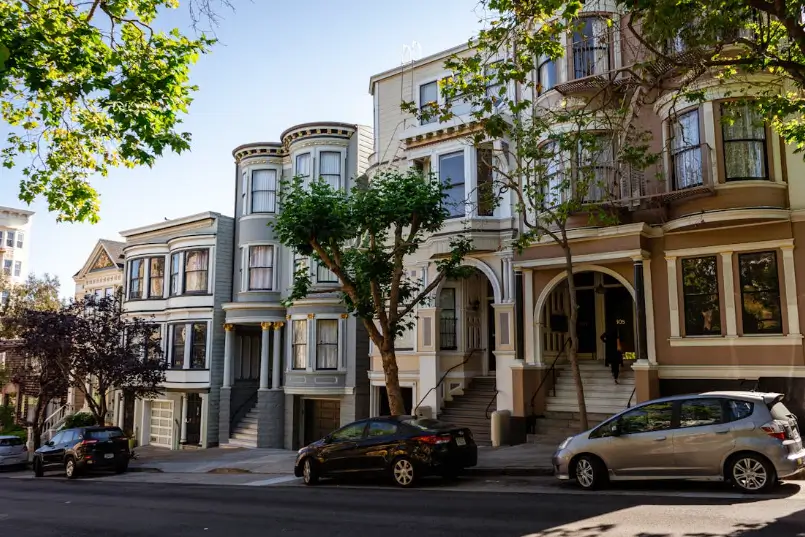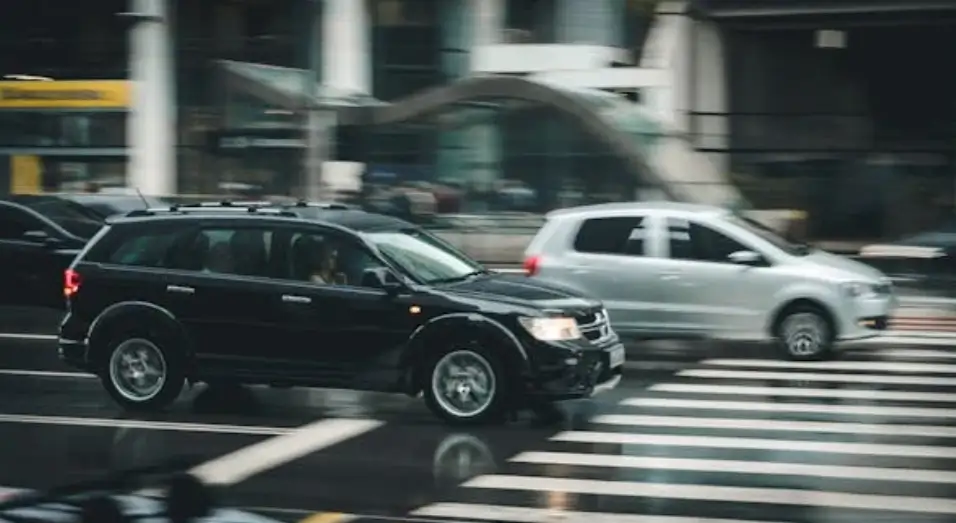Portland's Transit Oriented Development (TOD)
When it comes to transit-oriented development (TOD), Portland, Oregon didn’t just get on board, it helped lay the tracks.
Over the past few decades, Portland has become a national model for integrating land use and transportation planning. The city’s approach is built on a simple principle: if you want people to use transit, build places worth walking to.
Key Moves That Made a Difference:
- Zoning for Density Near Transit: Portland aligned higher density zoning with its light rail and streetcar lines, allowing higher-density residential and mixed-use development within walking distance of stations.
- Reduced Parking Requirements: Many transit-served areas in Portland have lower (or no) minimum parking standards. This encourages walkability, lowers construction costs, and helps transit compete with car convenience.
- Investment in Mixed-Use Corridors: Along major routes like the MAX Blue Line and the Portland Streetcar, the city encouraged redevelopment with ground-floor retail, apartments, and public realm improvements.
- Strong Regional Coordination: Through Metro (the regional government), Portland coordinates land use and transportation planning across city boundaries—something many metros struggle with.
These weren’t just feel-good policies—they delivered real, measurable results. From housing production to transit ridership and land conservation, Portland’s transit-oriented strategies have reshaped how the city grows and how people move through it.
Transit Ridership and Infrastructure Impact
- MAX Light Rail System: Portland's MAX Light Rail, spanning 44 miles, currently serves over 104,200 riders on weekdays, effectively reducing approximately 72,000 car trips daily. This investment has been pivotal in promoting sustainable transportation options in the city. wired.com
- Portland Streetcar: The Portland Streetcar system, which began operations in 2001, has been instrumental in revitalizing urban neighborhoods.
- A 2008 report by Portland Streetcar Inc. and the City of Portland highlighted that since the streetcar's inception, there has been over $3.5 billion in private investment within two blocks of the alignment, leading to the construction of 10,212 new housing units and 5.4 million square feet of office, institutional, retail, and hotel space.
- The Environmental Defense Fund's 2008 publication, The Economic Case for Transit Investment, corroborates these figures, emphasizing the streetcar's role in spurring significant economic development. edf.org
- Additionally, the Congress for the New Urbanism (CNU) noted in a 2016 article that by 2008, Portland estimated the streetcar prompted the construction of more than 10,000 new housing units and 5.4 million square feet of institutional, office, and retail space within two blocks of the line.

Housing Development and Affordability
- Metro's TOD Program: Since its inception in 1998, Metro's TOD program has invested $44 million, resulting in approximately $1.75 billion in housing, office space, and retail developments served by high-quality transit. This includes the construction of around 7,057 housing units, with about 3,248 designated as affordable for households earning 60% or less of the area median income. portland.gov
- Residential Infill Project (RIP): Portland's RIP ordinance, enacted in 2020 and expanded in 2022 (RIP2), allows for up to four homes on lots previously zoned for single-family housing. This policy shift has led to the creation of over 1,400 new housing units, increasing housing availability and promoting middle housing types like duplexes and triplexes. According to a report by the Portland Bureau of Planning and Sustainability, from August 1, 2021, to June 30, 2024, the city permitted over 1,400 Accessory Dwelling Units (ADUs) and middle housing units—including duplexes, triplexes, and fourplexes—in single-dwelling zones. This surge in permitting activity indicates a significant shift in housing development patterns, with middle housing now representing the majority of new construction in areas traditionally dominated by single-family homes. portland.gov
- Furthermore, the report highlights that these developments have contributed to increased housing affordability. In 2023-2024, the average sales price of new market-rate middle housing units was approximately $250,000 to $300,000 less than that of new single-family detached homes.
- As a note, the Residential Infill Project – Part 2 (RIP2), aimed at expanding housing options in Portland's low-density zones, faced legal challenges from the Multnomah Neighborhood Association (MNA). However, the Oregon Supreme Court declined to hear the ongoing challenge, effectively upholding the city's 2035 Comprehensive Plan, which includes RIP2. portland.gov
- This decision means that RIP2 remains in effect, allowing for increased housing density in designated areas of Portland.

Environmental and Land Use Benefits
- Land Preservation: TOD projects have been effective in land conservation. Developments completed during a recent period saved 95 acres, contributing to a total of over 1,129 acres preserved compared to what would have been required for similar developments without transit-oriented strategies. portland.gov
- Reduced Transportation Costs: Households in transit-rich, walkable neighborhoods spend approximately 9% of their income on transportation, compared to about 25% in auto-dependent areas. This significant reduction in transportation costs enhances overall affordability for residents. portland.gov
Economic and Community Development
- Commercial Growth: Metro's TOD program has facilitated the development of 739,312 square feet of commercial space, focusing on uses that advance racial equity and provide community benefits such as access to fresh food, employment opportunities, and cultural spaces. portland.gov
- Community Engagement: The TOD program emphasizes partnerships with community-based organizations to ensure developments meet the needs of existing residents and support community stability, particularly in areas well-served by transit.
Portland’s approach shows that TOD isn’t just about where the tracks go—it’s about making sure what’s around them works for people, not just cars.
%20(1200%20x%20237%20px)%20(300%20x%2059%20px).webp)





